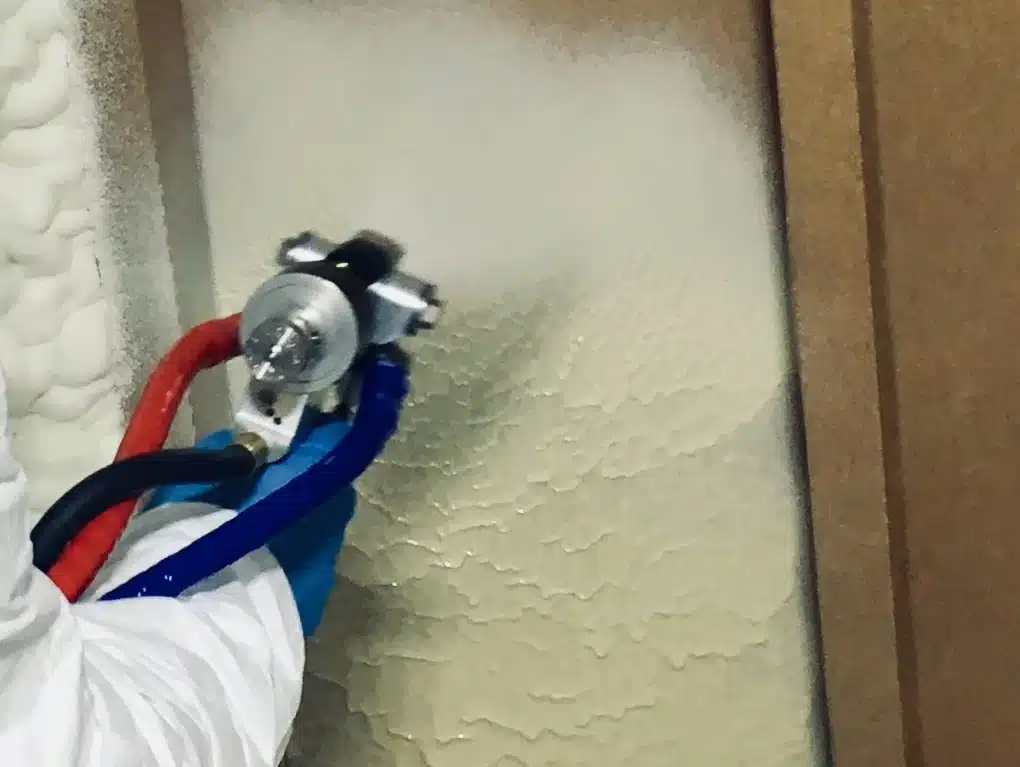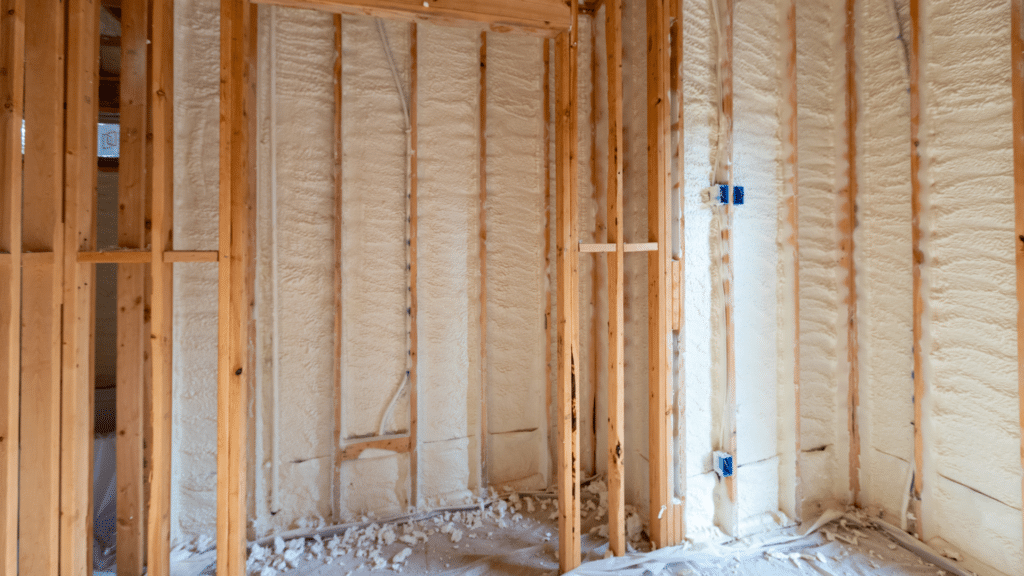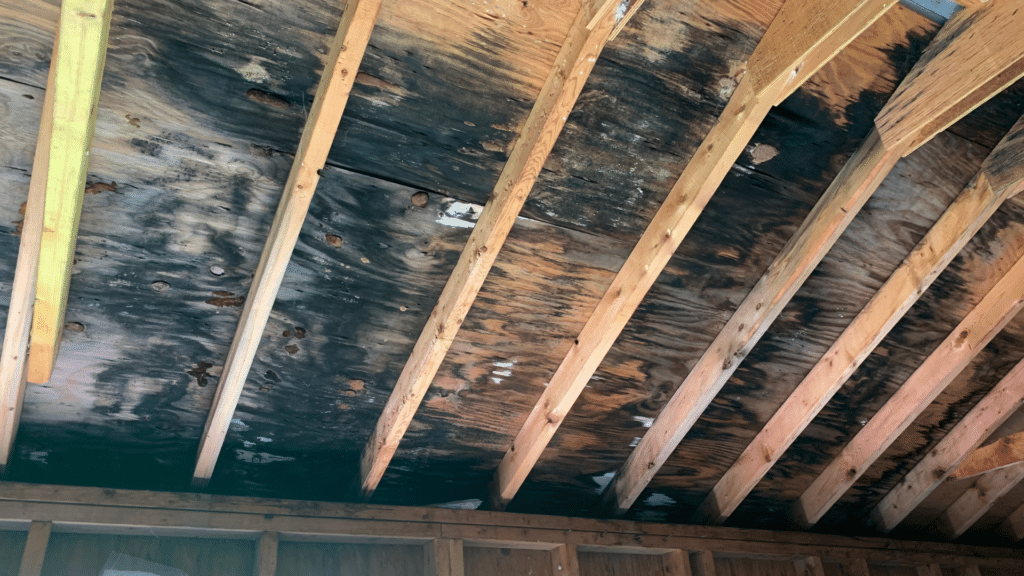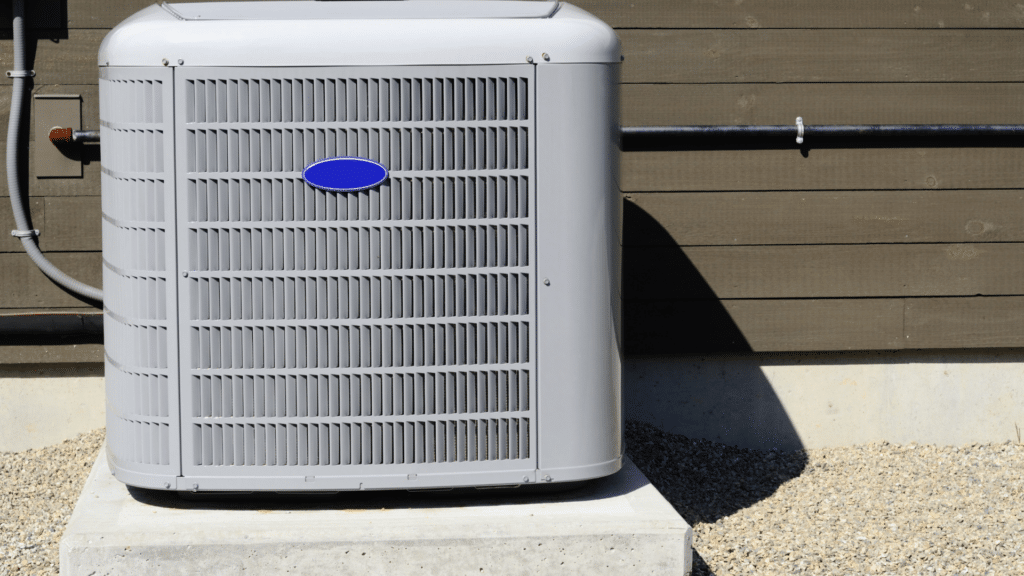Offering superior moisture control, closed cell insulation acts as a type II moisture retarder that prevents water from penetrating the building envelope, thereby mitigating the risks of mold and structural damage. However, it is imperative to manage any internal moisture effectively to avoid condensation issues especially uncontrolled exfiltration through wall assemblies.


The moisture-resistant properties of closed cell foam contribute to an improved indoor environment. Nevertheless, inadequate ventilation can increase the risk of indoor pollutants and allergens due to reduced air exchange. The usage of ERV can be installed in buildings to bring in fresh air.


Mold thrives in damp, poorly ventilated spaces, making it essential for contractors to understand the relationship between insulation and mold proliferation

ASHRAE 62.2 outlines standards for ventilation and indoor air quality, emphasizing the importance of adequate air exchange in buildings. Key considerations include:
